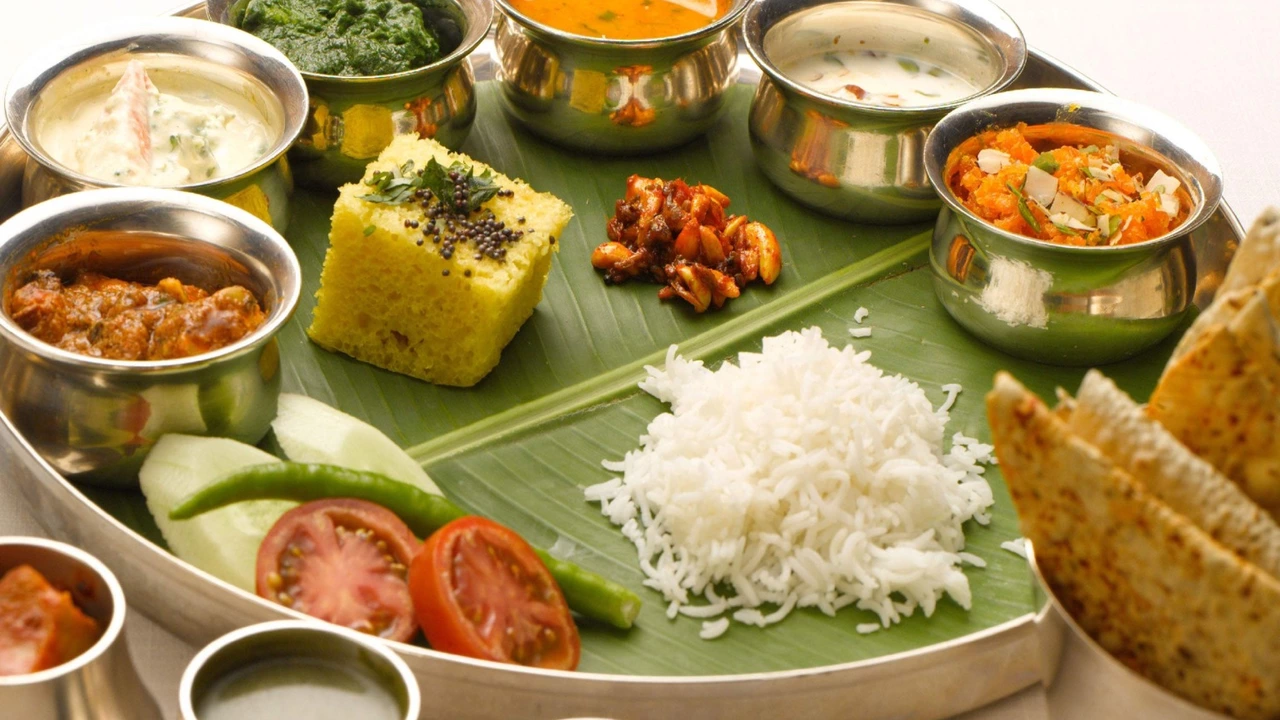Cultural Cuisine: A tasty tour of food traditions
Ever wondered why a simple bowl of biryani can feel like a celebration? Or why sushi feels so clean and precise? That’s cultural cuisine at work – food that tells a story about the people behind it. In this guide we’ll break down a few popular dishes, point out what makes them special, and give you quick tips to try them at home.
What makes a dish ‘cultural’?
A cultural dish usually starts with local ingredients, historic cooking methods, and a purpose beyond just filling the stomach. Take dosas from South India: rice and lentils are fermented overnight, then spread thin on a hot pan. The result is a crispy, tangy crepe that’s perfect for breakfast or a snack. The fermentation not only adds flavor but also makes the nutrients easier to digest – a smart solution for a hot climate.
Now look at Japanese bento boxes. A bento is a compact lunch packed with rice, pickles, fish or meat, and veggies. Each component is arranged for balance – both taste and visual appeal. The idea is to give a worker a complete, portion‑controlled meal without needing a cafeteria.
Popular cultural dishes and why Americans find them ‘weird’
When Indian food first reached the U.S., some dishes raised eyebrows. Bhelpuri, for instance, mixes puffed rice, sev, chopped veggies, and a tangy tamarind sauce. The mix of textures and the sweet‑sour punch can feel unfamiliar if you’re used to smoother salads.
Another example is pani puri. It’s a hollow, fried dough ball filled with spiced water, potatoes, and chickpeas. The burst of cold, spicy liquid inside a crunchy shell is a fun surprise, but the idea of “drinking” a snack can seem odd at first.
In Japan, natto – fermented soybeans – is a love‑or‑hate food. Its sticky texture and strong aroma are unlike anything most Westerners have tried. Yet natto is praised for its probiotic benefits and is a staple breakfast item for many Japanese families.
Understanding the background helps turn “weird” into “interesting”. Most of these dishes grew out of necessity – preserving food, making the most of seasonal produce, or creating quick meals for busy lives.
If you’re curious to try a cultural dish at home, start simple. Grab a pack of ready‑made dosa batter, heat a non‑stick pan, and add a thin layer. Top it with spiced potatoes and a drizzle of coconut chutney for an instant taste of South India. Or buy pre‑made sushi rolls and practice the art of dipping soy sauce without over‑soaking.
Remember, food is a bridge between cultures. Each bite can teach you a bit about where it came from, who made it, and why it matters. So next time you see a dish that looks unusual, give it a try – you might discover a new favorite.
Do german people like indian food?
Based on my research and experiences, many Germans indeed have a fondness for Indian cuisine. The rich flavors, diverse spices, and variety of vegetarian options in Indian dishes appeal to their palate. Indian restaurants have been sprouting up across Germany, signifying growing popularity and demand. However, like anywhere, preferences vary, and not all Germans may like Indian food. Overall, Indian cuisine is becoming a familiar part of the culinary scene in Germany.
full article